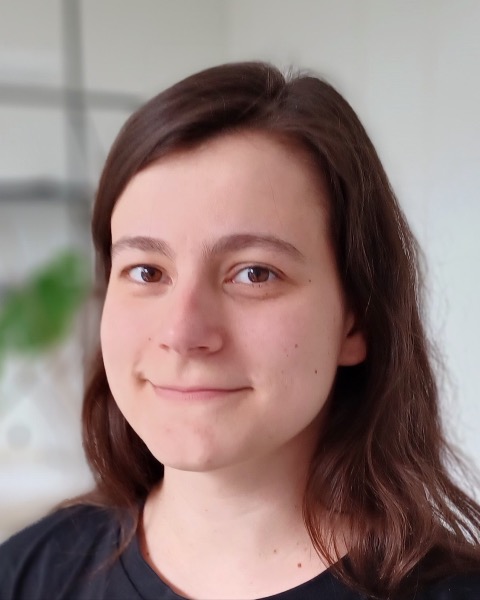Female Reproductive Tract
Poster Session B
(P-157) Long-term Consequences of Repeated Superovulation on the Ageing Mouse Female Reproductive Tract
Thursday, July 18, 2024
8:00 AM - 9:45 AM IST
Room: The Forum

Perrine Lacour, MSc
PhD student
DKFZ, United States
Poster Presenter(s)
Abstract Authors: Perrine Lacour1,2; Klaudija Daugelaite2,3; Ivana Winkler1; Duncan T. Odom3; Angela Gonçalves1
1. Somatic Evolution and Early Detection, Deutsches Krebsforschungszentrum, Heidelberg, Germany
2. Faculty of Biosciences, Heidelberg University, Heidelberg, Germany
3. Regulatory Genomics and Cancer Evolution, Deutsches Krebsforschungszentrum, Heidelberg, Germany
Abstract Text: The use of assisted reproductive technologies and hormonal ovarian stimulations has become widespread in developed countries. While the health of children born from these procedures has been followed through adulthood, the long-term consequences on the parents’ or donors’ health, especially of their reproductive tissue, remains understudied. This knowledge gap limits our ability to inform patients of the potential long-term risks of such procedures and to provide relevant follow-up monitoring and care. We hypothesize that the increased number of tear-repair events in the ovaries caused by hormonal stimulations could lead to premature ageing of the ovarian tissue. We aged three cohorts of mice up to 18 months: naturally or after five cycles of superovulation at 1 or 9 months. We apply single-cell and spatial transcriptomics to follow the natural ageing of the female reproductive tract, and compare how repeated cycles of superovulation perturb the ageing time course. These experiments allow us to better understand how repeated superovulation impacts the ageing trajectory of the female reproductive tract in terms of morphology, physiology, and genomics and will provide insights into the potential pathologies that superovulation could induce long-term.
1. Somatic Evolution and Early Detection, Deutsches Krebsforschungszentrum, Heidelberg, Germany
2. Faculty of Biosciences, Heidelberg University, Heidelberg, Germany
3. Regulatory Genomics and Cancer Evolution, Deutsches Krebsforschungszentrum, Heidelberg, Germany
Abstract Text: The use of assisted reproductive technologies and hormonal ovarian stimulations has become widespread in developed countries. While the health of children born from these procedures has been followed through adulthood, the long-term consequences on the parents’ or donors’ health, especially of their reproductive tissue, remains understudied. This knowledge gap limits our ability to inform patients of the potential long-term risks of such procedures and to provide relevant follow-up monitoring and care. We hypothesize that the increased number of tear-repair events in the ovaries caused by hormonal stimulations could lead to premature ageing of the ovarian tissue. We aged three cohorts of mice up to 18 months: naturally or after five cycles of superovulation at 1 or 9 months. We apply single-cell and spatial transcriptomics to follow the natural ageing of the female reproductive tract, and compare how repeated cycles of superovulation perturb the ageing time course. These experiments allow us to better understand how repeated superovulation impacts the ageing trajectory of the female reproductive tract in terms of morphology, physiology, and genomics and will provide insights into the potential pathologies that superovulation could induce long-term.
